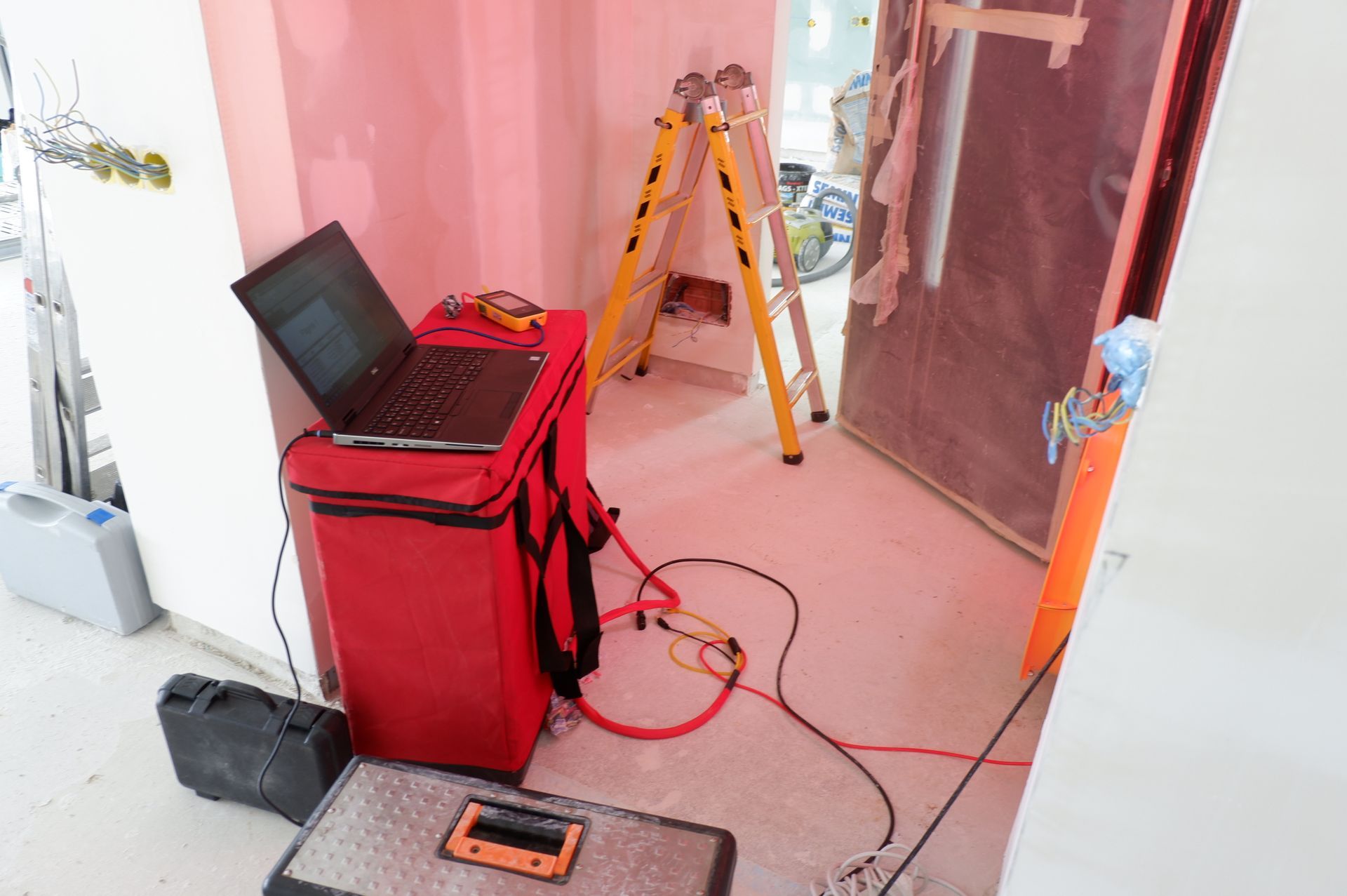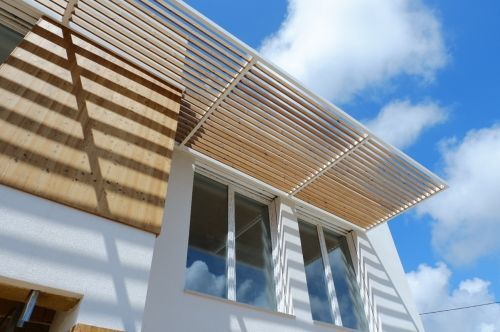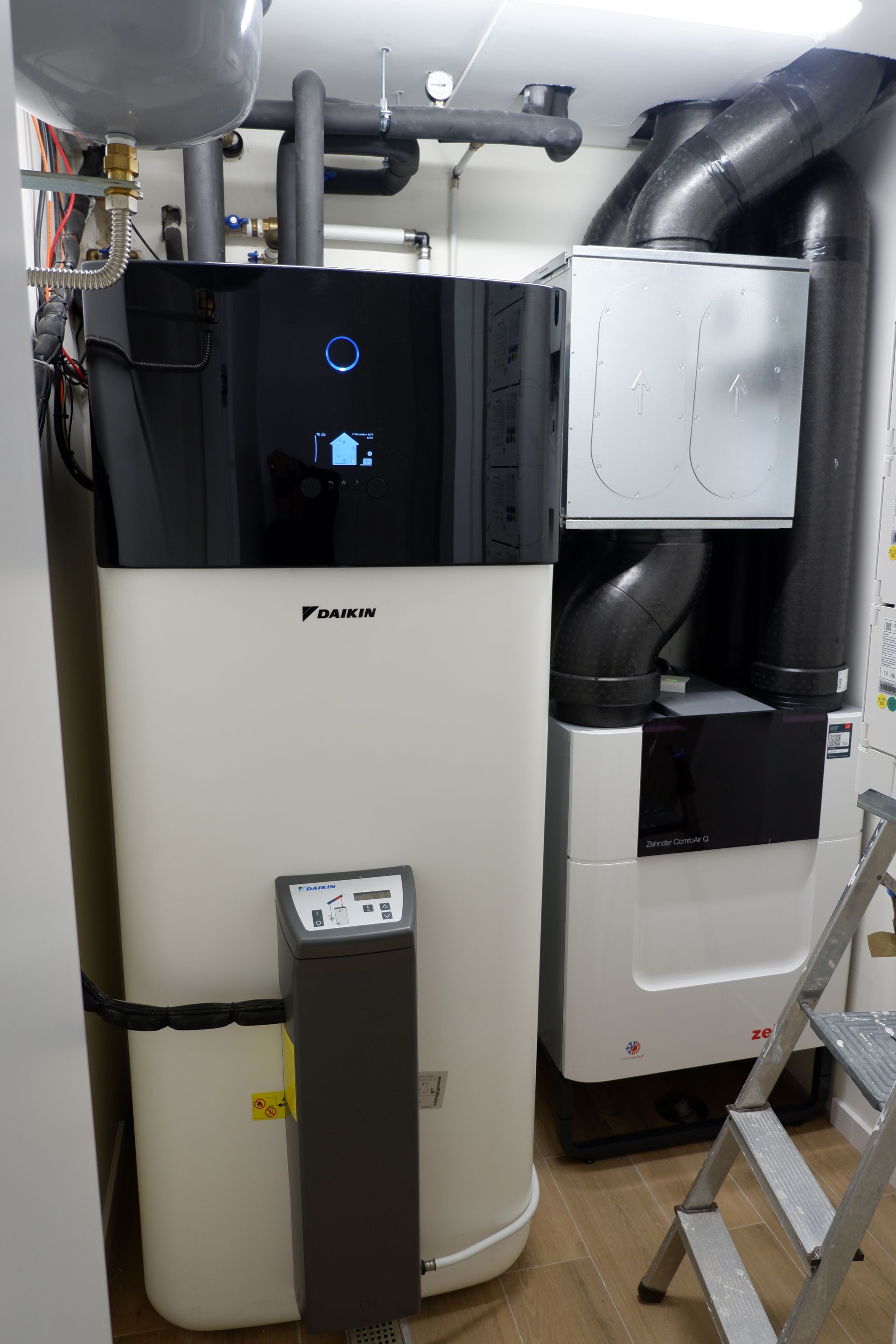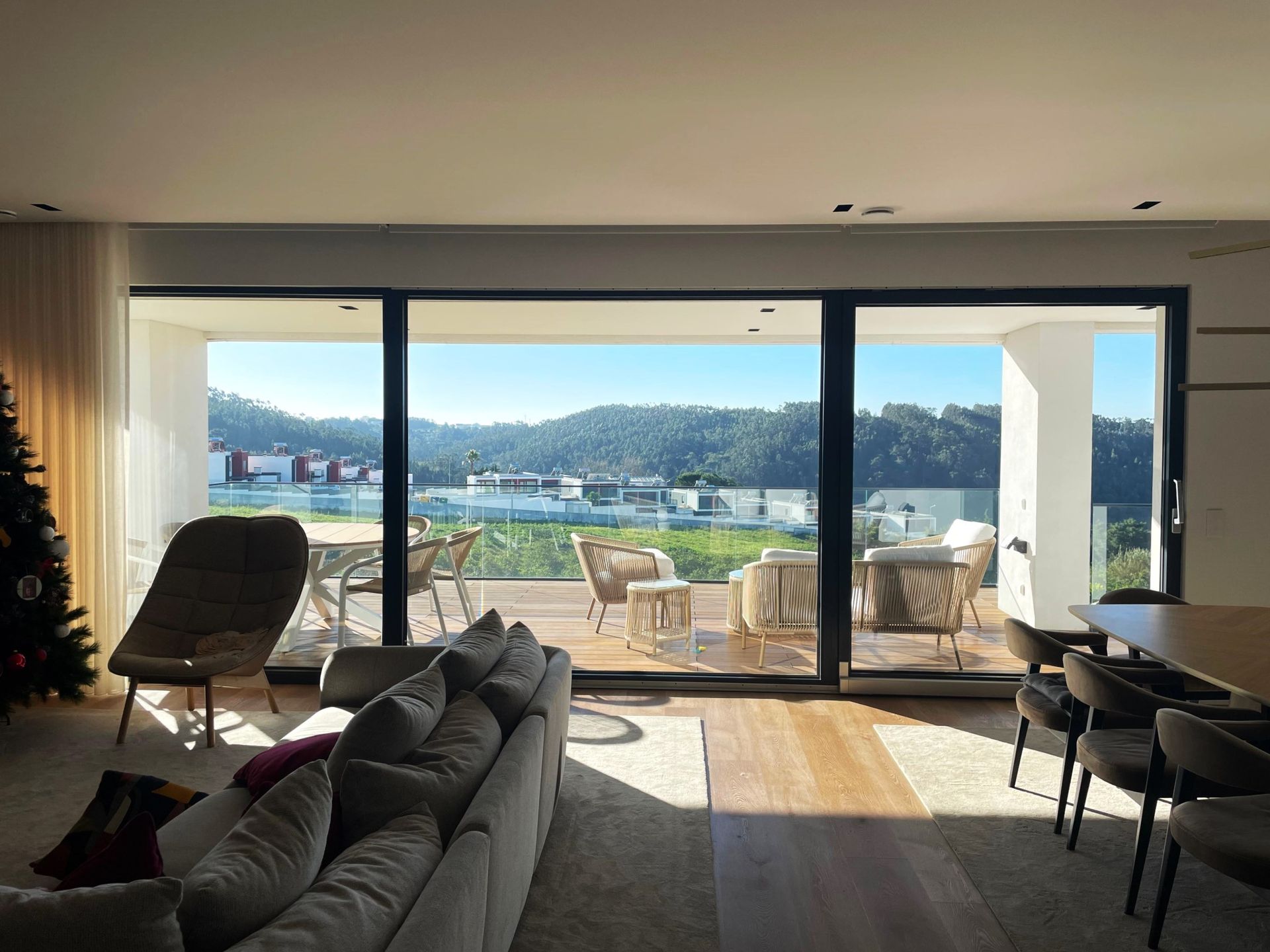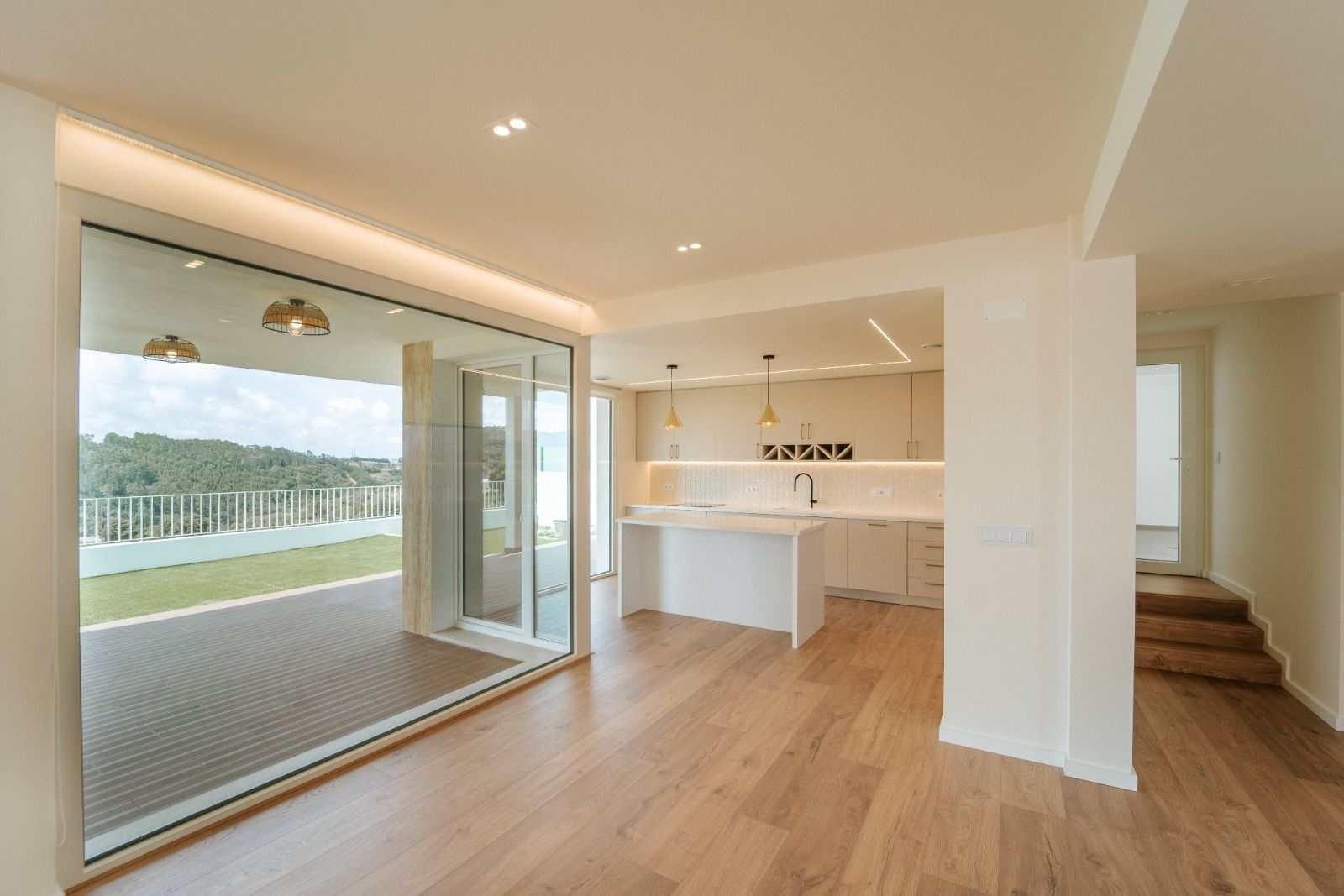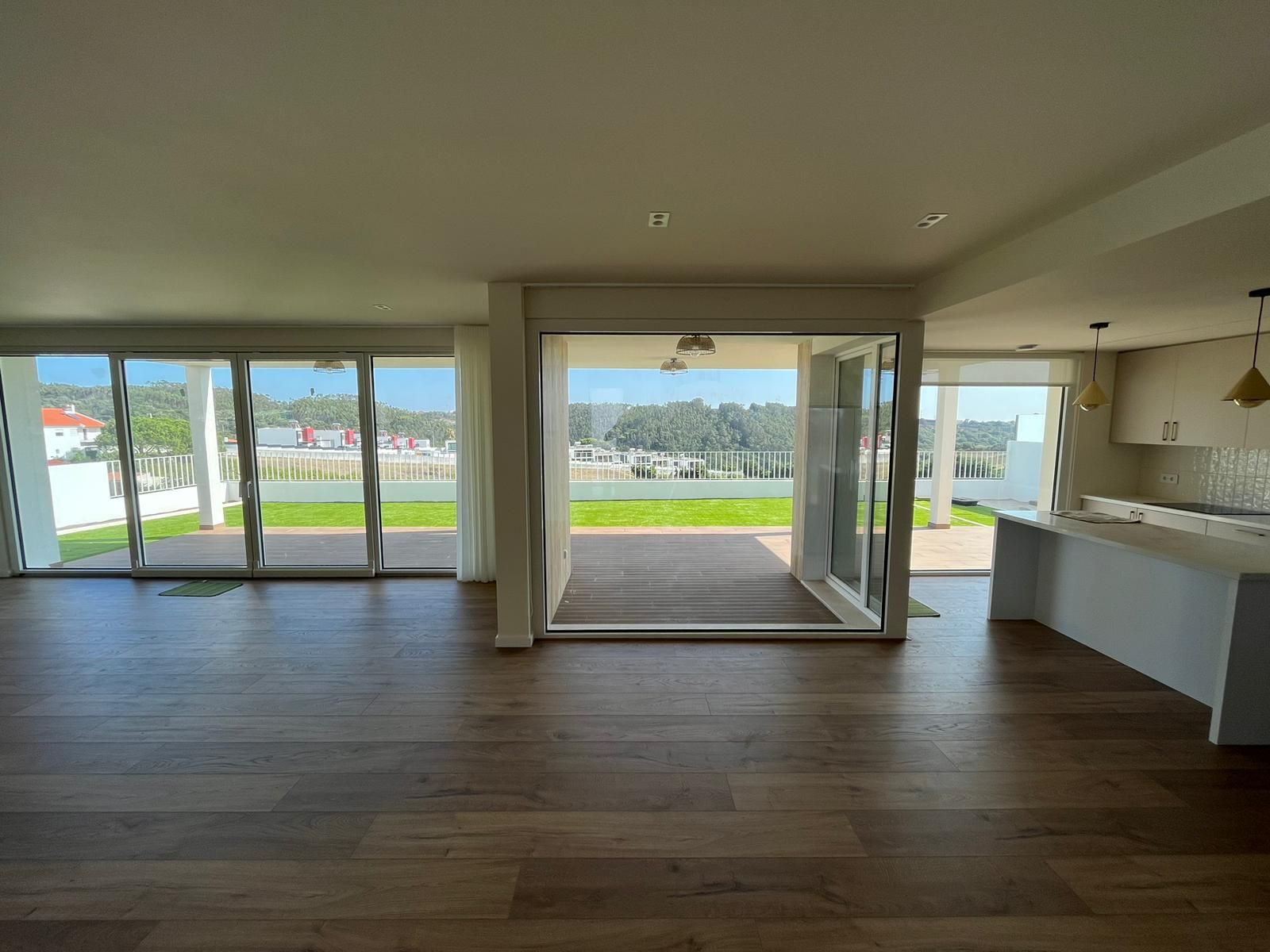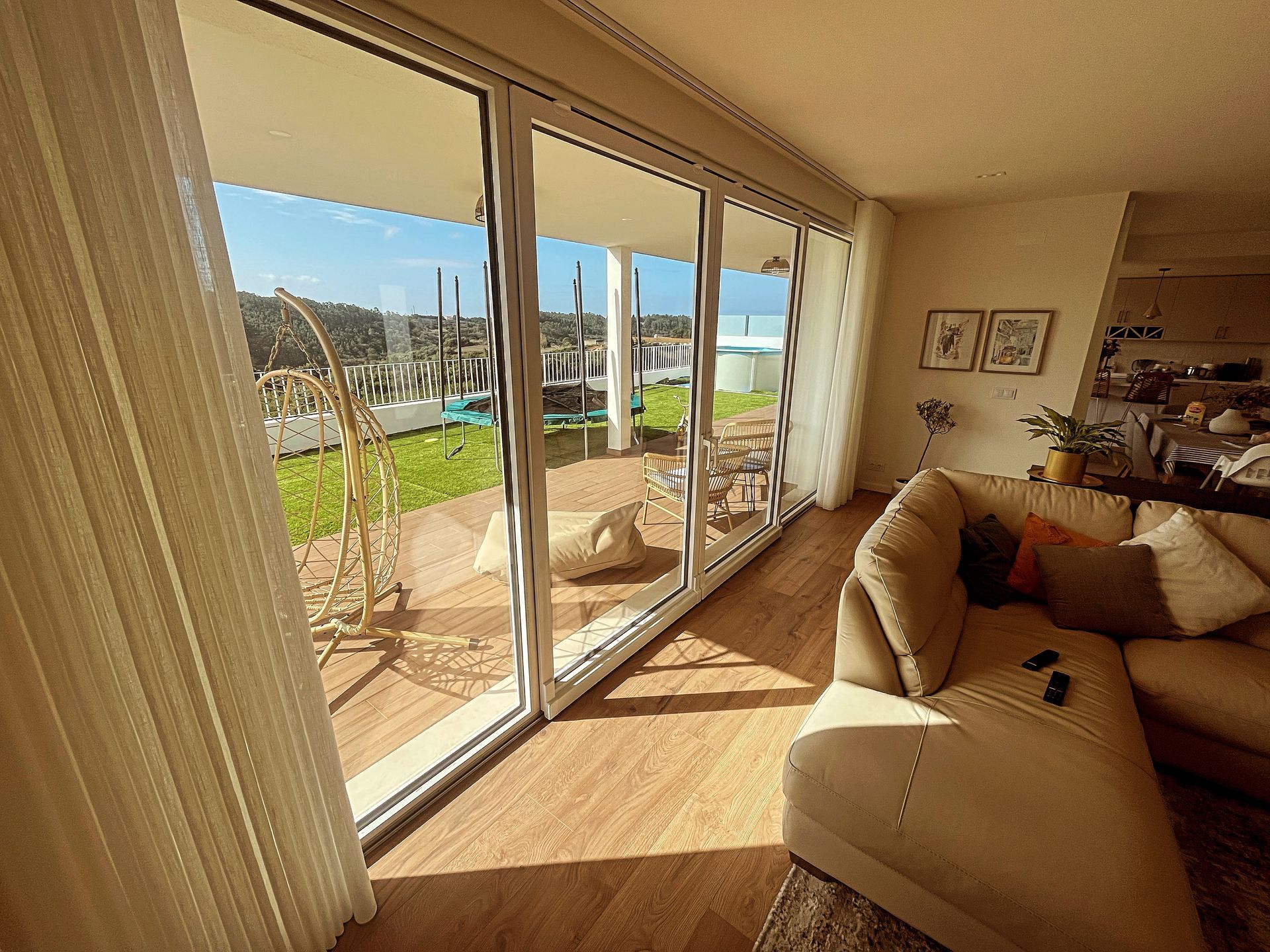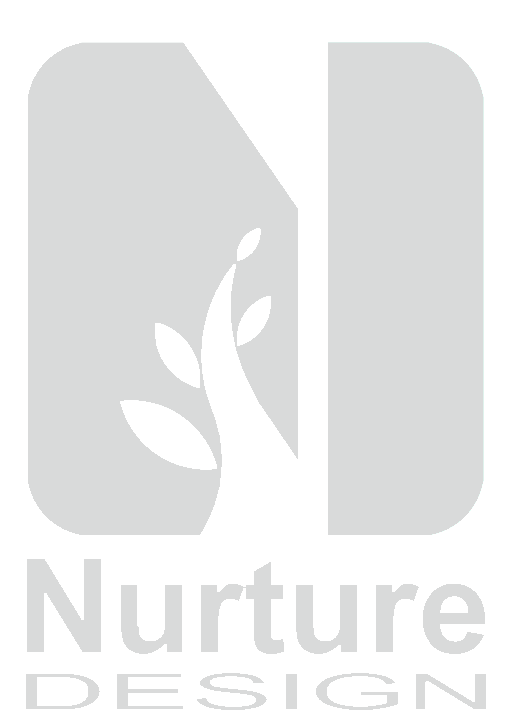Why certify a house according to the Passive House standard?
Passive House certification is not an additional cost.
It is a cost-benefit optimisation – an investment in quality, comfort, and building longevity, ensuring a return through high energy efficiency.
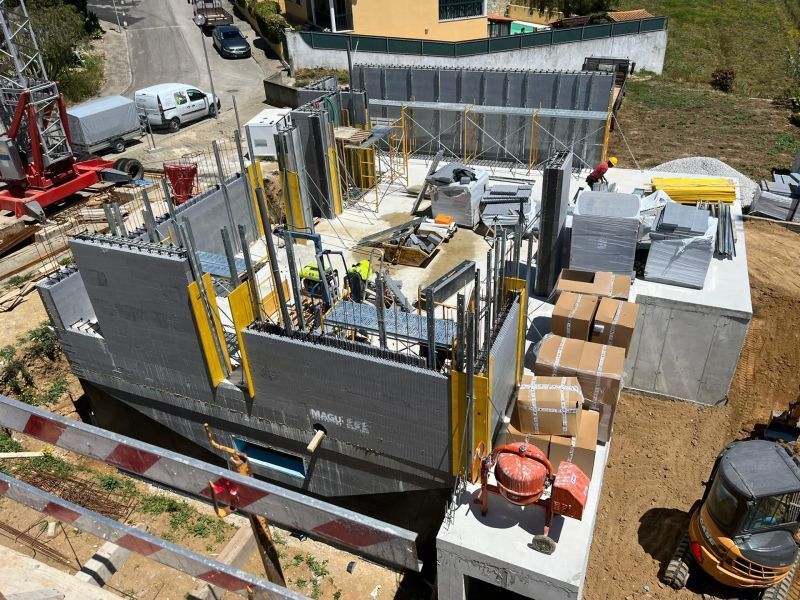
"In Portugal, we build well – why do we need certification?"
"Just follow all the standards and skip the certification. Simple."
"What really matters is that the house is well built. Whether it has the Passive House ‘stamp’ is secondary."
The answer lies in the rigour of the certification process, which requires evidence-based verification of every detail, material, and system – ensuring true quality and energy efficiency.
Here are some common situations I’ve encountered in design or on-site that were only avoided or corrected thanks to the certification process:
• Poorly installed windows – Faulty sealing and alignment can cause significant thermal losses and, over time, lead to issues like moisture ingress and mould;
• Gaps in the building envelope – An invisible error during construction, such as misaligned masonry or poorly connected materials, can result in serious problems like damp and material degradation;
• Inappropriate material substitutions – Contractors may suggest alternative materials to those specified. Certification requires technical verification to ensure equivalent performance. Material datasheets don’t always tell the whole story;
• Thermal bridges – Especially at junctions between walls and openings, they can cause surface temperature drops leading to condensation, undermining both comfort and durability. The same applies to cantilevered elements and balconies, where thermal losses can account for up to 25% of energy loss. Imagine underfloor heating in direct contact with a balcony slab;
• Inappropriate substitutions of technical systems – Proposed alternatives for systems like DHW or HVAC, if not thoroughly assessed for the specific project, can significantly compromise energy performance;
• Poorly installed ventilation systems – Mistakes in execution can affect indoor air quality. Certification requires proper commissioning, correct airflow rates, and appropriate filters to ensure both energy efficiency and healthy air;
• Incorrectly positioned solar panels – Poor installation angles reduce energy yield and undermine return on investment;
• And many more…
And let’s not forget the power of the blower door test in the certification process – establishing a level of precision that becomes the client’s best ally during construction.
Passive House certification is not an additional cost.
It is a cost-benefit optimisation – an investment in the quality, comfort, and longevity of the building, ensuring a return through high energy efficiency.
"You can't manage what you don't measure." – Peter Ferdinand Drucker





